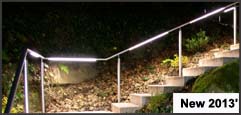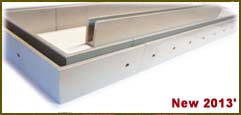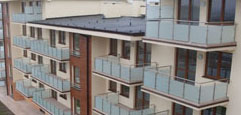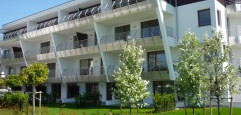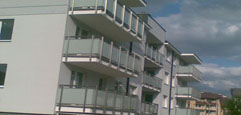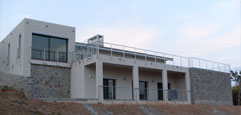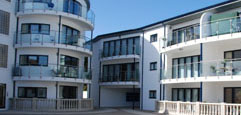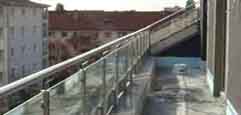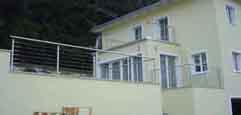WOOD AS A HANDRAIL OF RAILINGS
Wood is one of the oldest materials used by man. Currently used as a construction material and finishing. Its popularity owes its lightness and sufficient for many applications mechanical properties.
- The advantages of wood as a raw material:
- - easy to handle (soft species)
- - thermally and electrically isolates
- - eco-friendly material
- - resistant to many chemical agents
The mechanical properties decisive for the technical value of wood as construction material include: compressive strength, tensile, bending and shear strength and hardness and abrasion. The strength of wood depends on its type, the force in relation to the fibers and wood humidity.
For the production of handles (handrail) railing, usually we use the following types of wood:
BEECH
The best properties characterized by wood harvested from trees at the age of about 110 years. Beech is a hardwood, with high strength. Suitable for the bending and shaping of plastic. Beech wood is colored white with clear jars with a tendency to swell and rupture, without impregnation sometimes unstable.
OAK
The best properties has wood harvested from trees at the age of about 180 years. The wood is hard, with good strength, abrasion resistant. Oak wood tends to crack at high frost due to high internal stresses, this wood is excellent for woodwork inside but very risky for external use.
PINE
The best properties has wood harvested from trees aged 80 - 120 years. The wood is soft, elastic, has good mechanical strength. It is suitable for building external and internal.
IROKO
It is a noble, durable, hard wood, characterized by thick fibrous, concise structure. It has a very high resistance to biological destruction. It is naturally well protected against fungi, as well as the atmospheric effects of certain pests. Iroko with the diverse, interesting colors and decorative drawing heartwood is the perfect material used for interior work. Wood has many warm shades of brown, comes in the yellowish gray, golden-brown, olive-brown.
According to PN-EN 350-2: 2000 Iroko wood was placed in the 1-2 class resistance to biodegradation. It can therefore be exposed to constant or frequent contact with high humidity (eg. Land). Because of the color and properties is often used as a substitute for teak wood.
Oak pattern


Beechwood pattern
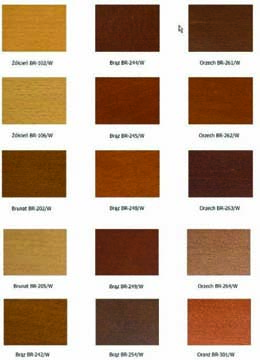

PLEXI - PMMA

- Properties:
- - transparency (up to 94%)
- - the maximum operating temperature of 70 ° C
- - resistant to salts, acids, alkalis etc.
Polycarbonate

- Properties:
- - transparency 85%
- - resistance to chemicals
- - low coefficient of thermal expansion
- - abrasion
- - approved for contact with food
- - high electrical resistance
- - the possibility of bending the cold
